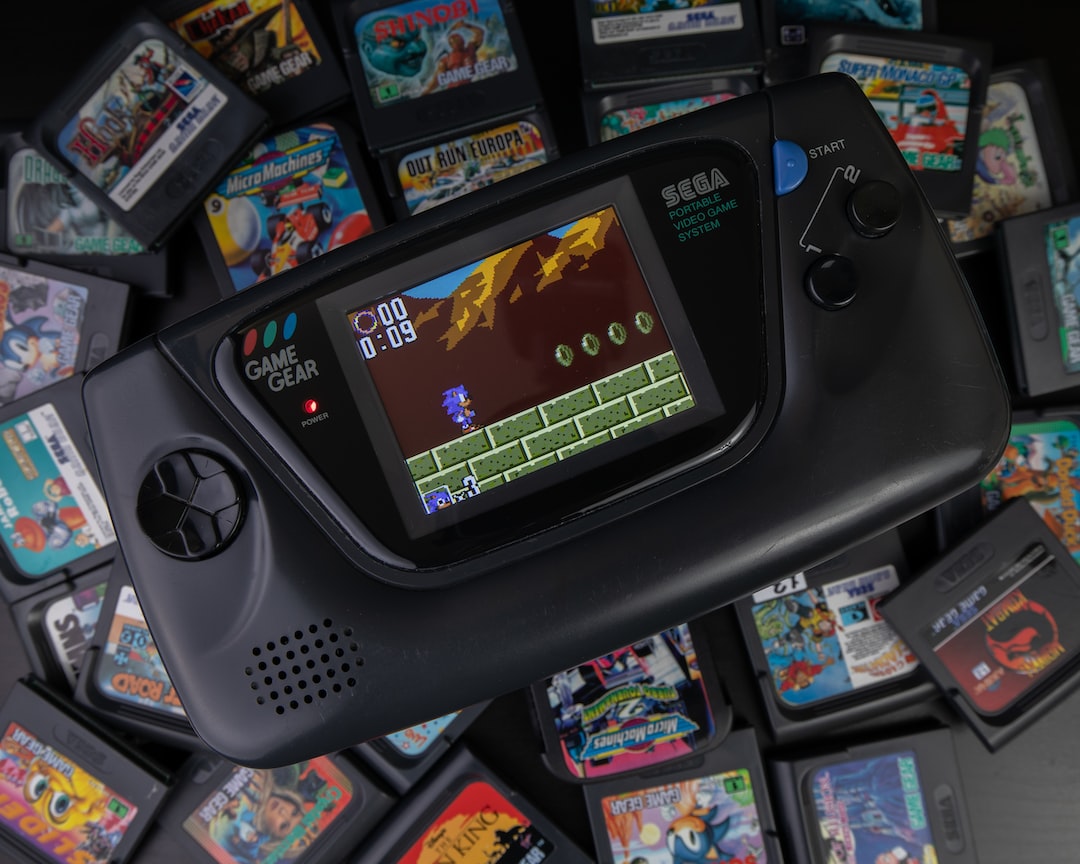The Evolution of Video Game Consoles: From Atari to PS5
Video game consoles have come a long way since the early days of Pong and Atari. With each passing generation, these devices have continued to evolve, offering more power, better graphics, and innovative features that redefine the way we play and experience games. In this blog post, we take a nostalgic journey through the different stages of console evolution, from the humble beginnings to the current state-of-the-art PlayStation 5.
As the pioneers of the gaming industry, Atari is often credited with revolutionizing home gaming. In 1977, they released their first console, the Atari 2600, which featured interchangeable cartridges and allowed gamers to experience a range of different games from the comfort of their living rooms. The success of the 2600 paved the way for future consoles and laid the foundation for the gaming industry as we know it today.
The 1980s introduced us to iconic consoles like the Nintendo Entertainment System (NES) and Sega Master System. The NES, in particular, brought gaming into the mainstream, with groundbreaking titles like Super Mario Bros. and The Legend of Zelda captivating players worldwide. With its 8-bit graphics and engaging gameplay, the NES set the standard for future consoles to follow.
The 1990s marked a significant shift in console technology, with the introduction of 16-bit consoles like the Super Nintendo Entertainment System (SNES) and Sega Genesis. These systems offered improved graphics, sound, and gameplay, pushing boundaries and captivating gamers with iconic franchises like Sonic the Hedgehog and Super Mario World.
The mid-1990s witnessed the birth of the first PlayStation console, developed by Sony. Unlike its predecessors, the PlayStation featured CD-ROMs as the primary medium for games, allowing for greater storage capacity and more immersive gaming experiences. Sony’s entry into the console market signaled a new era of gaming, with the PlayStation dominating the marketplace and spawning a series of successful successors.
In 2000, Sony released the PlayStation 2 (PS2), which is widely regarded as one of the best-selling consoles of all time. The PS2 pushed the boundaries of gaming with its DVD player integration and support for online multiplayer gaming, revolutionizing the way players interacted with their consoles and with one another.
The subsequent generations of consoles, including the Xbox 360, PlayStation 3, and Nintendo Wii, further pushed the limits of gaming technology. These consoles introduced high-definition graphics, online services, motion controllers, and immersive gaming experiences like never before. The release of the Wii in particular brought gaming to a wider audience, with its innovative motion-based controls that appealed to casual gamers and families.
Fast forward to 2020, and we find ourselves in the era of the PlayStation 5 (PS5) and Xbox Series X. These next-generation consoles offer breathtaking graphics, ray tracing technology, ultra-fast loading times, and advanced hardware capabilities. The PS5, in particular, brings new innovations like haptic feedback and adaptive triggers on the controller, enhancing the gaming experience and further blurring the lines between reality and virtual worlds.
The evolution of video game consoles from Atari to the PS5 is a testament to the constant innovation and improvement in technology. Each generation has built upon the successes and failures of its predecessors, pushing the boundaries of what is possible in gaming. As we continue to navigate the ever-changing landscape of gaming, one thing is certain: the future will hold even more exciting advancements, bringing us closer to experiences we could only dream of in the past.

